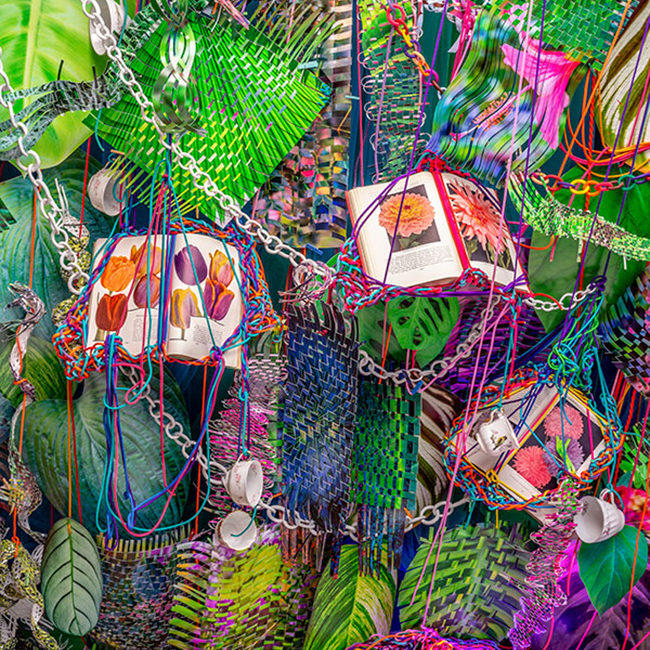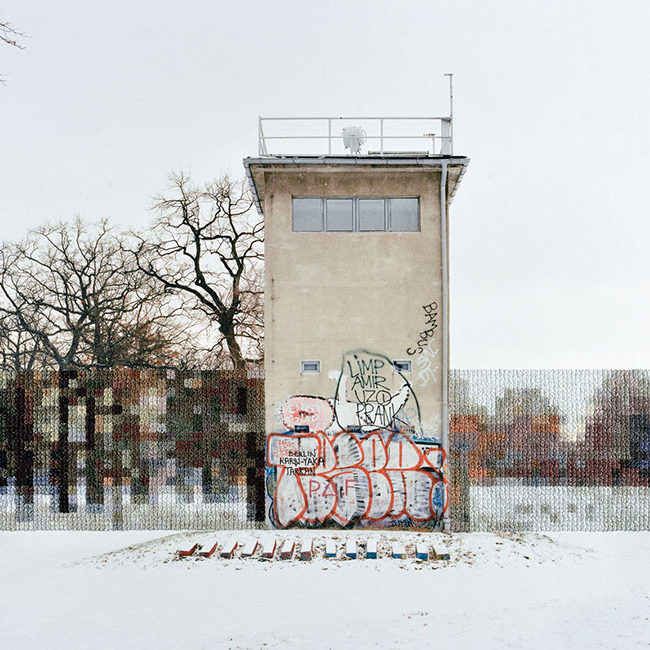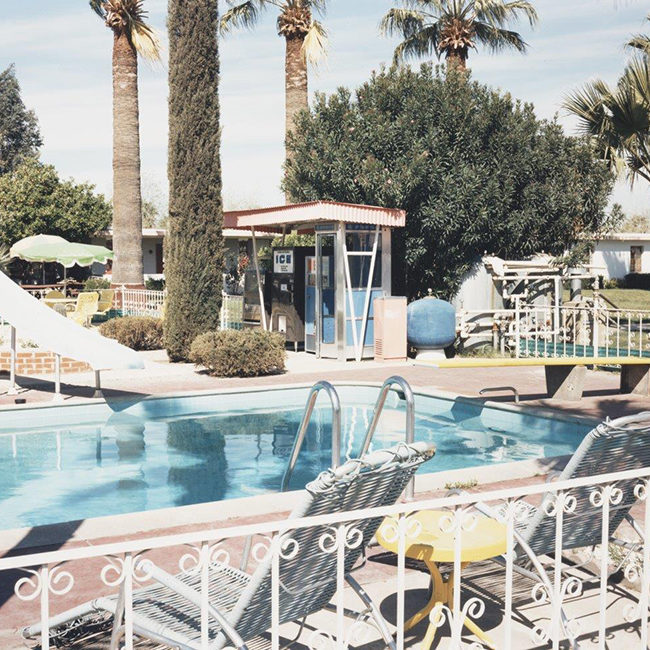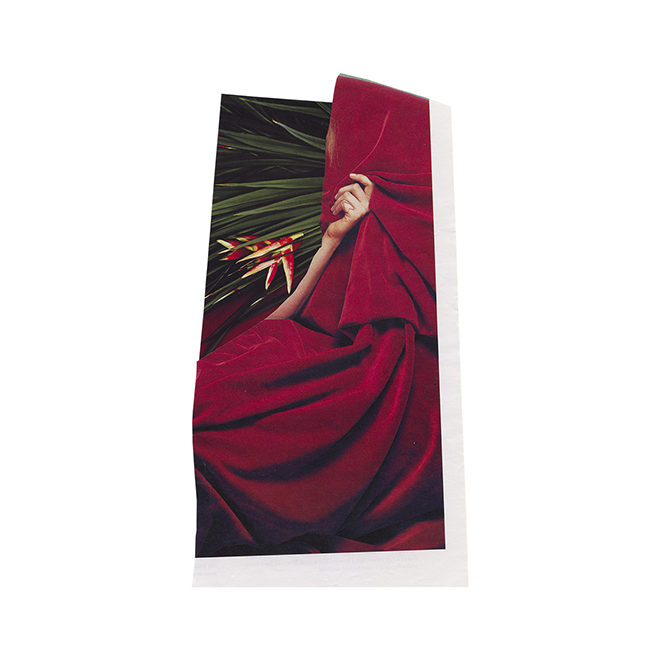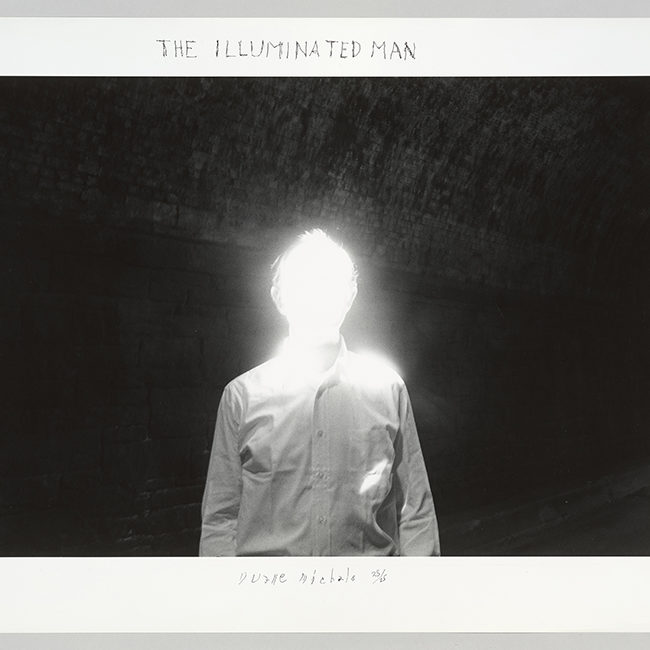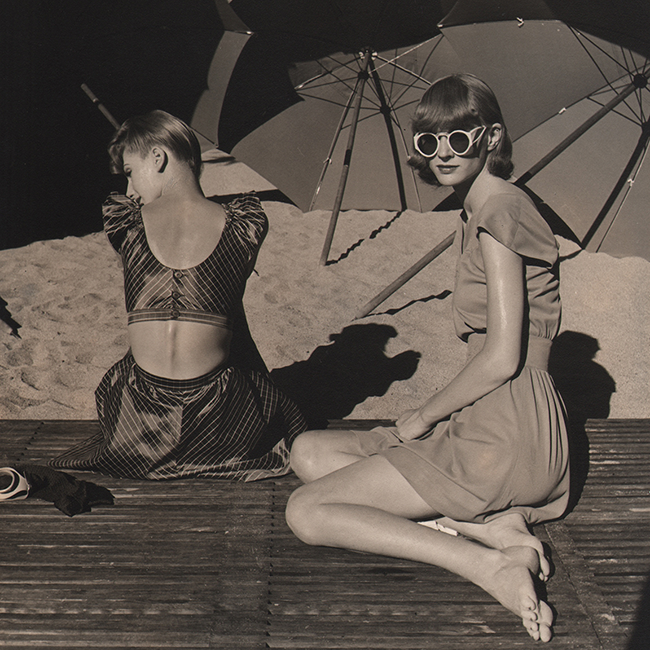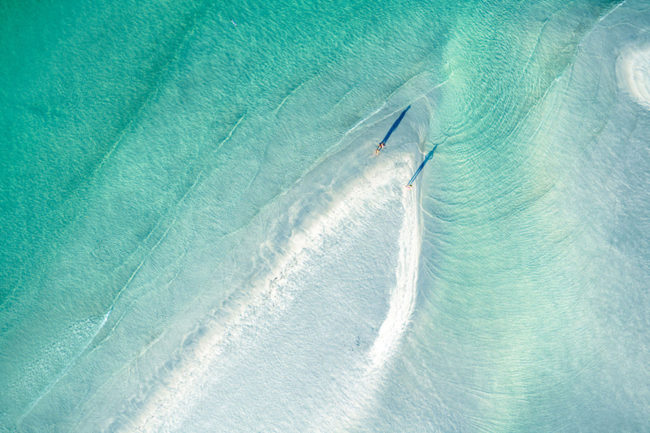Since the late 1990s, Lori Nix has been making photographs that explore the idea of disaster using model-making techniques and evocative lighting to create fictional worlds in her studio. A new show “Lori Nix/Kathleen Gerber | Empire,” on view at ClampArt in New York City until January 27, present a new series that takes inspiration from the Hudson River School painter Thomas Cole’s 1830s series The Course of Empire. The show is the first at the gallery to credit Gerber, with whom Nix has collaborated for more that 16 years, as an equal partner in creating the work.
Nix and Gerber’s previous series “The City” imagined abandoned interior scenes from urban life, presenting an empty subway car filled with sand and a Chinese takeout restaurant littered with dirt and debris. “Empire” moves outside, showing grander vistas that feel familiar even if they are not quite identifiable. In one, a triumphal arch, not unlike Brooklyn’s Soldiers’ and Sailors’ Memorial Arch, sits in a pool of water set among ruined apartment buildings. In another, a swamp spreads out under rusted and crumbling freeway overpasses (which, honestly, don’t look much worse than many in use today). In “Sentinel,” an empty city street is lined with trashed newspaper boxes, which spill out some of their last issues. The headlines on the papers read “Gloom, Despair, Agony, Ennui…” and “It’s Over,” a apt vision of the future of journalism, perhaps.
Like Cole’s paintings, which imagine the growth and decline of a fictional city, Nix and Gerber’s images emphasize the sky, which is often filled with beautiful clouds colored by the setting sun, an effect that adds to the melancholy mood by suggesting the coming dark. In a statement, they write, “Landscapes are more than a visual record of an environment. They also capture the emotional, sometimes spiritual, essence of a place. ‘Empire’ presents a world transformed by climate uncertainty and a shifting social order as it stumbles towards a new kind of frontier. These places are eerily beautiful but also unsettling in their stillness and silence. Long ago man entered the landscape and forced nature to his will. Once grand and emblematic of strength and prosperity, these landscapes now appear abused and in decay, and it is uncertain how they will continue to (d)evolve.”
Related Stories:
Tiny Worlds, Made by Hand
The Doll’s House
Alejandro Chaskielberg: All That Remains in Otsuchi, Japan (for PDN subscribers; login required)
